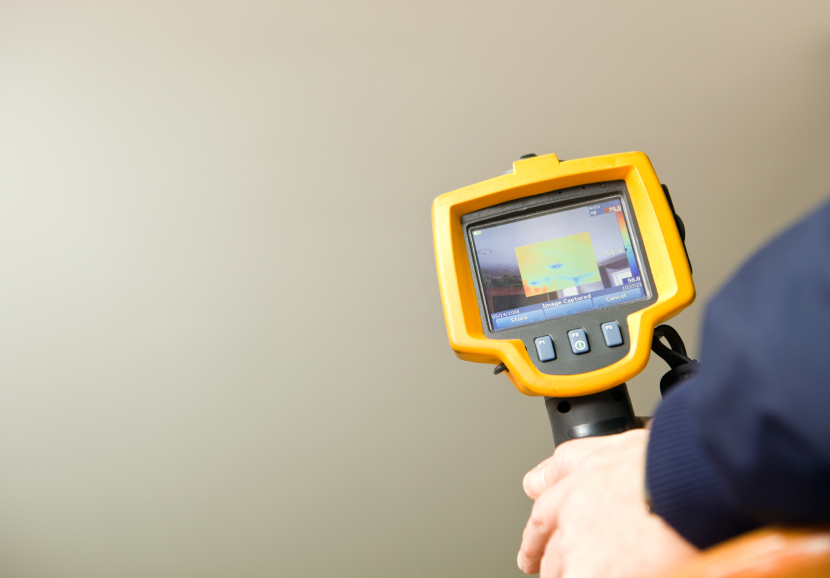Let’s face it – maintenance can be expensive. Maybe not as expensive as the cost of lost production when neglected equipment starts to fail, but the price tag on a team of experienced maintenance technicians, a robust spare parts inventory, a CMMS used to track and schedule work, and any lost production for scheduled equipment downtime can really add up fast.
For any business interested in reducing the amount of time and money spent on maintenance, the lure of a predictive maintenance (PdM) approach will be felt. However, like many siren songs, this path can lead its followers to new (and potentially more severe) dangers.
The investment in PdM technology and hardware alone can be significant, especially if you fail to realize any appreciable, or immediate, ROI. The good news, then, is when a leap in technology translates into a much-reduced entry fee for implementing a type of PdM practice.
The past few years have seen a drastic reduction in both the cost of thermography equipment and the skill level required for its use. For example, the quality of a respectable thermal imaging camera that would have cost you $4,000 two years ago can now be had for a pittance of $250. That’s right, you can now buy a thermal imaging camera that plugs directly into a phone or tablet, can be operated by virtually anybody, and is capable of sensing temperature variations of +/- 0.18 °F. And while I won’t mention any specific brands, suffice it to say that at least one highly-respected name in thermal imaging currently offers this and more are sure to follow.

That being said, adding thermography to your PdM toolbox is more achievable than ever. But what about the need for highly trained specialty technicians and outrageously priced proprietary software (that’s always how they get you)?
The thing is, the skills and experience needed to take a useful thermal image are now held by just about every person who owns or has owned a camera phone. That’s right; your teenager is perfectly capable of providing you with valuable PdM data (providing parental approval/supervision, of course). In fact, considering that the average American teenager produces an average of fifty-seven trillion selfie pictures every day, they may be far better qualified than most seasoned technicians out there.
On the software side of the house, there are still plenty of ways to spend a bunch of money on slick GUIs and programs with enough features to keep you too busy sorting through them all to ever actually get out on the floor and taking pictures. While there are certainly a few specific applications that would justify these ultra high-end software packages (creating a long-term historical trending database or as a contracted technician needing to justify costly maintenance recommendations come to mind as examples), the reality is that most of it is unnecessary baggage.
Remember that for most of us, the one real goal of thermal imaging is to identify an abnormal hotspot on running equipment so that we can do something to correct it before it becomes a catastrophic failure. It doesn’t take a customizable overlay with a gradient coloring palette programmed to match your favorite college team’s colors to let you know that you have a relay in a control cabinet that is suspiciously hotter than its neighbors.
Red works just fine for that.

